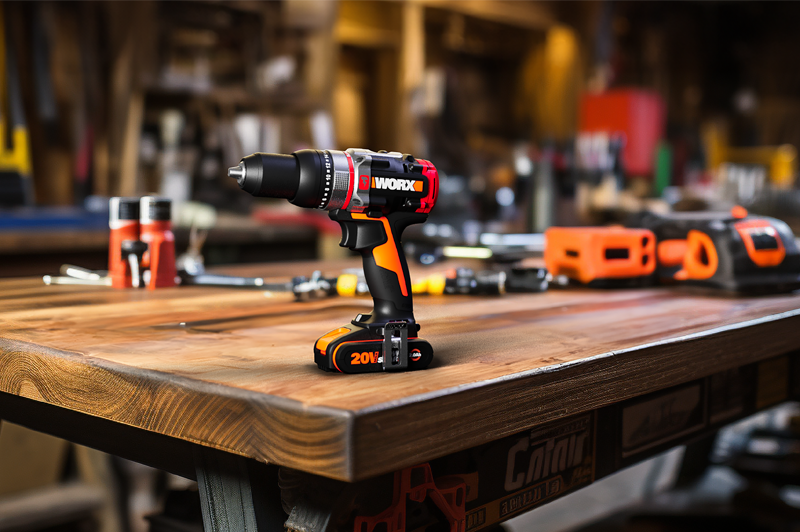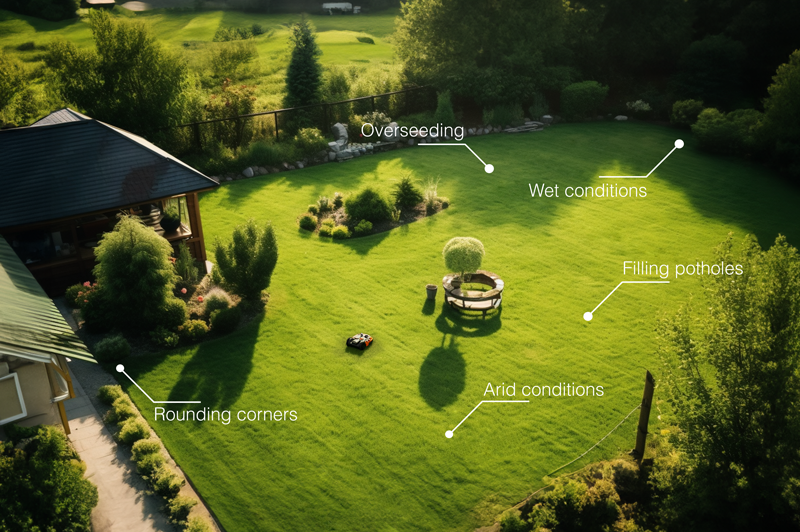
Fall is fast approaching, and with sweater weather there come those beautiful fallen leaves that color up your garden. That means your lawn will require maintenance. From leaf gathering with your trusted leaf blower to planting seasonal vegetables, here’s a guide to garden upkeep for the fall season.
Collect leaves
Collecting leaves is probably the first thing on the checklist. You can do it with a rake, or speed up the whole process with a leaf blower. Once the leaves are all gathered, the best thing you can do is turn them into mulch to give back to the garden as fertilizer.
Removing diseased plants
Removing diseased plants to ensure a healthy growth is another fundamental step to take: cut every leaf and stem that looks unwell to save your plants and flowers from disease spreading. Be careful not to add these to your mulch though, or you will contaminate it.
Removing dead plants
Getting rid of dead plants and annuals is essential to promote a healthy garden and to give more space to grow to existing plants. Take your time to do this chore, and try not to leave anything behind as this will also prevent potential pests from spreading in spring.
Pruning perennials
Cutting back perennials is also a practice that can be done in fall. Giving them a good trim will prepare them for spring. To do that you can use a trimmer, or gardening scissors if your perennials are small enough.
Planting
Not many people know it but fall is a great season to plant: spring blooming bulbs, evergreens, perennials and winter veggies can enrich your garden. Be sure to plant them at least six weeks before the first frost to give them time to root and make sure they will make it through winter.
Propagation
Fall is a great time to divide and propagate perennials. As for planting other species, you want to propagate when it’s still relatively warm, before the ground freezes, to give your plants a chance to adapt to the soil and start rooting before the cold.
Watering
It may not be warm anymore, but your lawn will still be thirsty and in need of nutrients. Keep watering your garden once a week if the soil is dry – do not overwater if it rains. When the ground starts freezing you should stop watering your lawn.
Fertilizing
Those autumnal days can be used to fertilize your grass. This will give it time and nourishment to start rooting and recovering from the summer heat. It will help your grass to stay strong and ready for the next growing season.
Cleaning tools
Lastly, clean your gardening tools and store them away. Having them ready for Spring will be a great advantage, and you’ll make sure they age well and last for a long time: nobody wants a pair of rusty scissors, right? Clean them up thoroughly with soapy water to avoid dirt from damaging them.
That’s everything you should know to get started taking care of your garden in the fall months. Here’s a quick recap:
- Collect leaves
- Mulch your plants
- Remove diseased plants
- Remove dead plants and annuals
- Cut back perennials
- Plant winter veggies, perennials, evergreens and spring blooming plants
- Propagate perennials
- Water your garden once a week
- Fertilize your grass
- Clean up your tools



